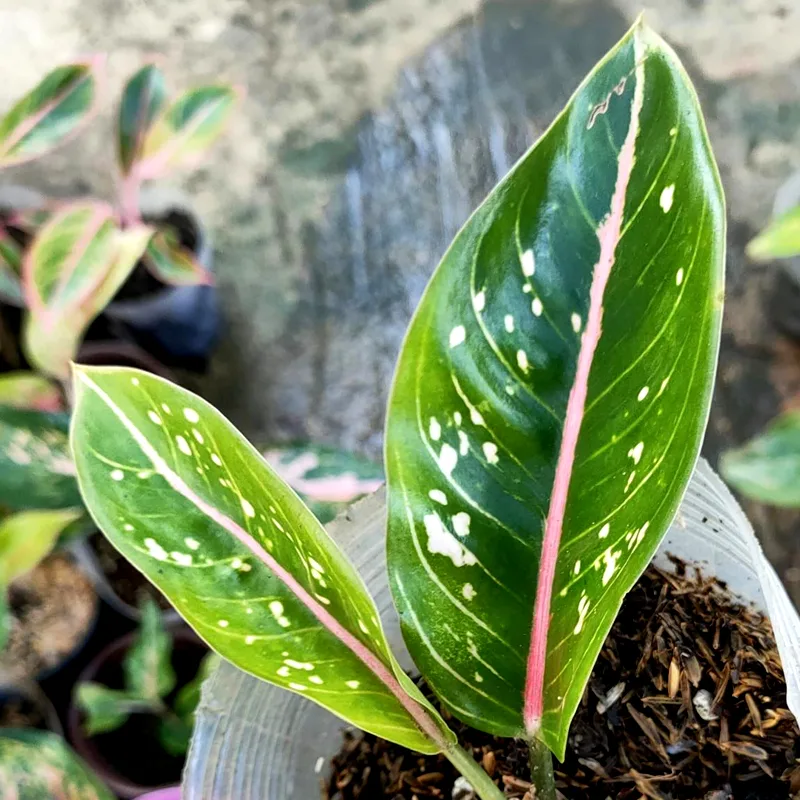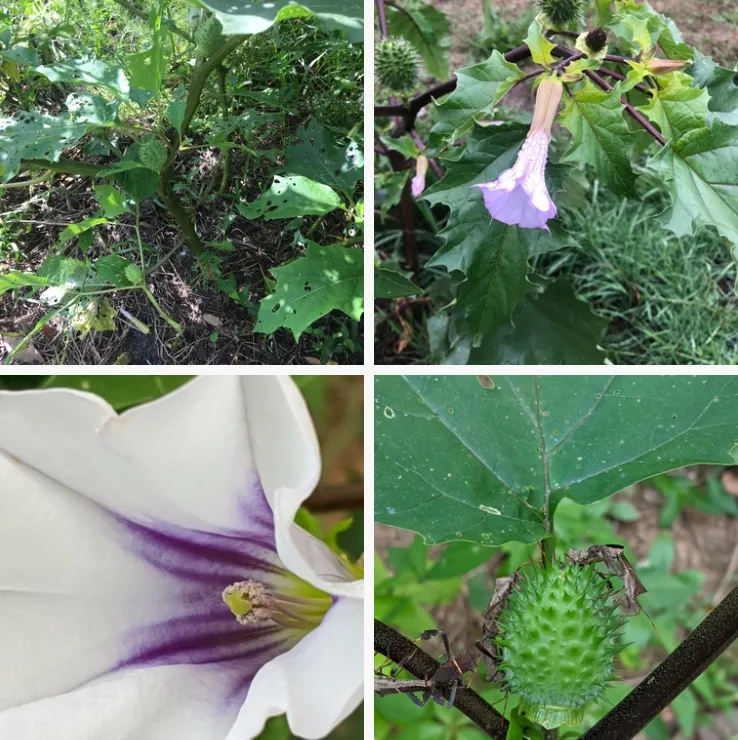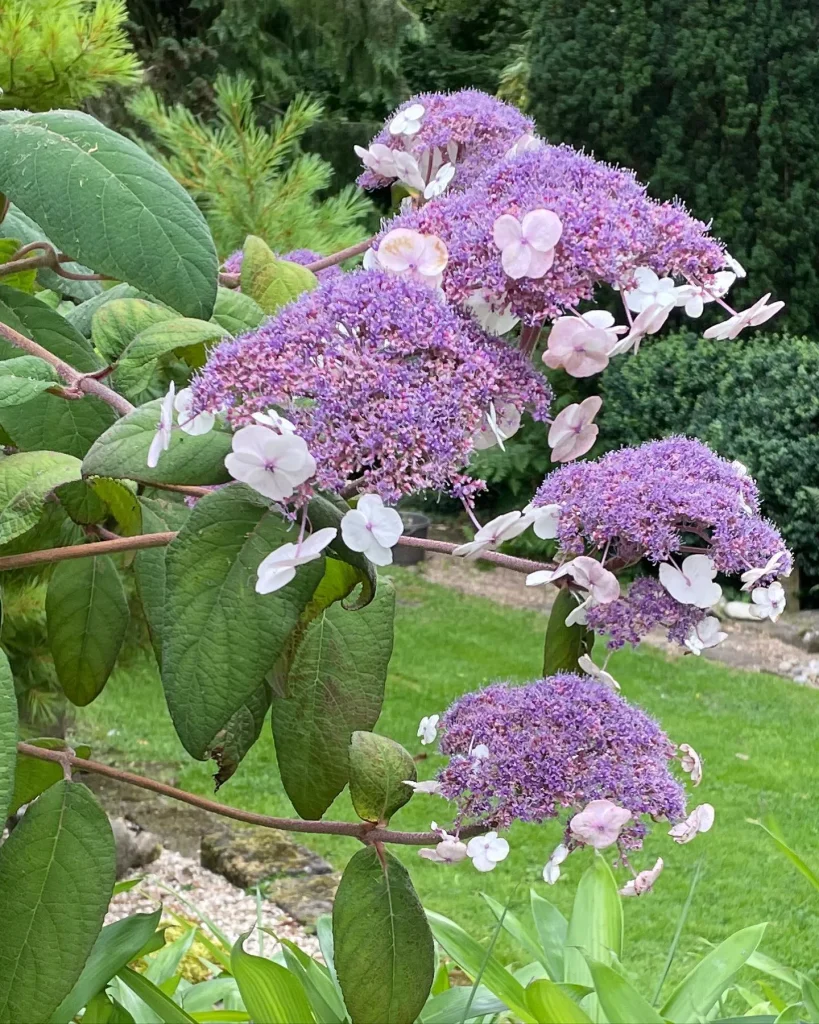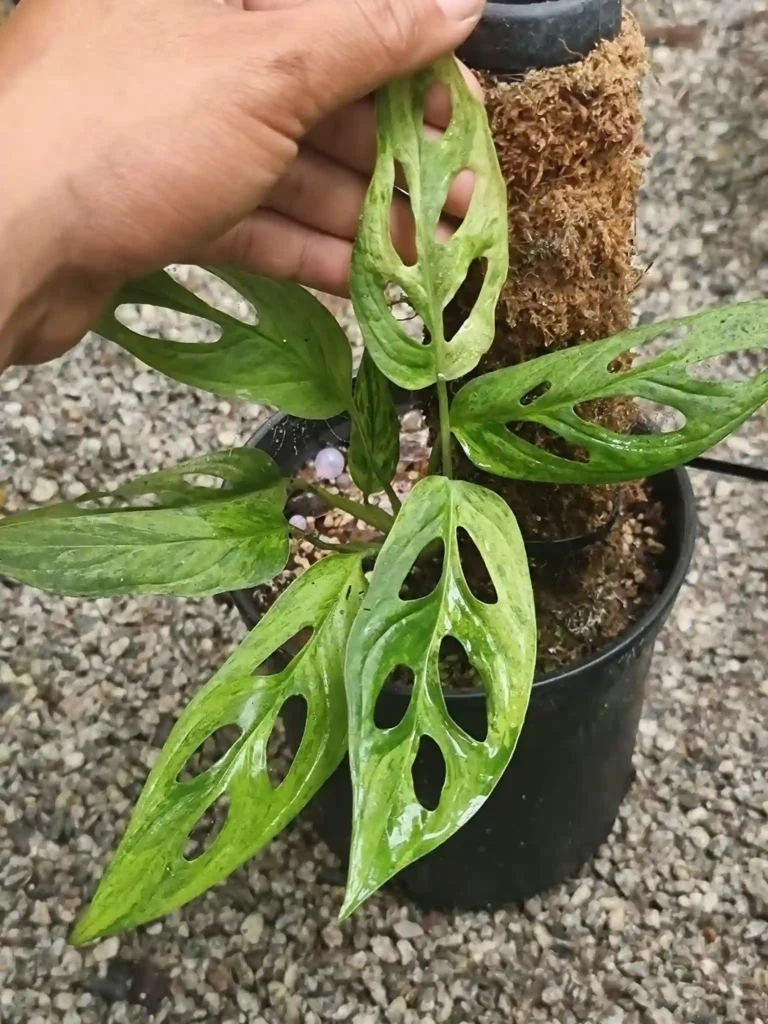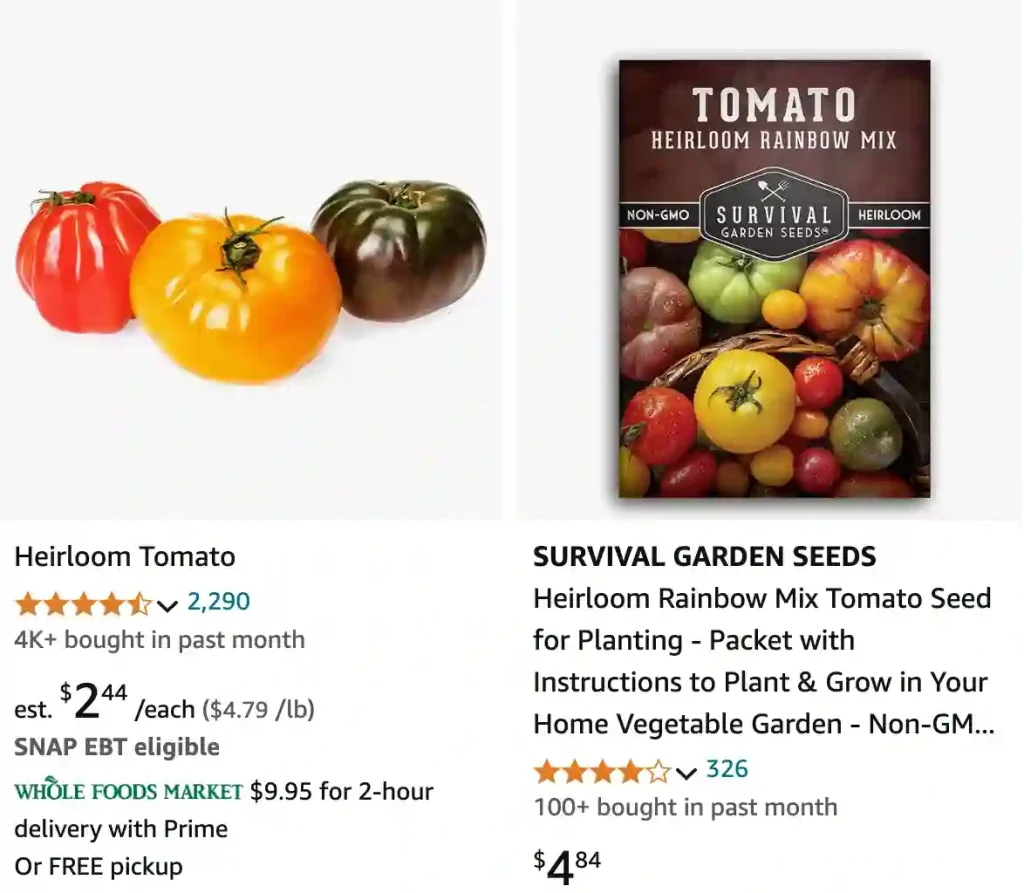
FAQs About Heirloom Tomatoes
As a passionate gardener and tomato enthusiast, I’ve had my share of questions about heirloom tomatoes. These vibrant fruits are a favorite among many gardeners, and for good reason. If you’re curious about growing, buying, or using heirloom tomatoes, here’s a comprehensive guide based on my experiences and research.
Are Heirloom Tomatoes Determinate or Indeterminate?
Heirloom tomatoes can be both determinate and indeterminate. Determinate heirlooms grow to a certain height and produce fruit all at once, which is ideal if you want a concentrated harvest. On the other hand, indeterminate heirlooms continue to grow and produce fruit throughout the growing season until the first frost. Choosing between the two types depends on your gardening goals and space.
Where to Buy Heirloom Tomatoes?
You can buy heirloom tomatoes from several sources. Local farmers’ markets are excellent places to find a diverse selection of heirlooms. Many specialty grocery stores and organic markets also carry them. If you prefer online shopping, several reputable seed companies and online retailers offer heirloom tomatoes.
How to Save Heirloom Tomato Seeds?
Saving heirloom tomato seeds is a rewarding process. Start by selecting ripe, healthy tomatoes. Scoop out the seeds and place them in a container with a little water. Let them ferment for a few days, then rinse and dry the seeds thoroughly before storing them in a cool, dry place. Properly stored, these seeds can remain viable for several years.
When is Heirloom Tomato Season?
Heirloom tomato season typically runs from late summer to early fall, depending on your location. In warmer climates, you might start seeing them as early as July, while in cooler regions, they may not appear until August. The key is to plant them after the last frost and to enjoy their peak flavor when they’re fully ripe.
When to Pick Heirloom Tomatoes?
Pick heirloom tomatoes when they are firm and have developed their full color. Unlike some other types of tomatoes, heirlooms don’t ripen off the vine as well, so it’s best to harvest them when they are nearly ripe. A little give in the flesh and vibrant color are good indicators that it’s time to pick.
How to Preserve Heirloom Tomato Seeds?
To preserve heirloom tomato seeds, follow these steps: after cleaning and drying the seeds, store them in an airtight container in a cool, dark place. Using a vacuum-sealed bag or a jar with a desiccant packet can further extend their shelf life. Labeling the container with the date and tomato variety can help keep track of your seeds.
What to Make with Heirloom Tomatoes?
Heirloom tomatoes are incredibly versatile. You can make a classic Caprese salad, rich tomato sauces, fresh salsas, or even heirloom tomato soups. Their diverse flavors and textures make them perfect for both raw and cooked dishes.
Where to Buy Heirloom Tomatoes Near Me?
To find heirloom tomatoes near you, check local farmers’ markets, community-supported agriculture (CSA) programs, and specialty grocery stores. A quick online search or a visit to a local garden center might also point you in the right direction.
Are Beefsteak Tomatoes Heirloom?
Beefsteak tomatoes can be heirlooms, but not all are. Heirloom beefsteak tomatoes are known for their large size and exceptional flavor. However, some beefsteak varieties are hybrid, so if you’re specifically looking for heirloom types, check with the supplier or seed packet.
How Big is an Heirloom Tomato?
Heirloom tomatoes vary in size, but they are often larger than standard tomatoes. They can range from small cherry-sized varieties to large beefsteak types that weigh over a pound. The size depends on the specific heirloom variety and growing conditions.
Heirloom Tomatoes vs. Regular
Heirloom tomatoes differ from regular tomatoes in flavor, appearance, and genetics. Heirlooms are open-pollinated and come in various shapes, sizes, and colors, offering a richer taste. Regular tomatoes are often hybrids, bred for consistency and disease resistance but can lack the complexity of heirloom flavors.
Heirloom Tomato vs. Beefsteak
Heirloom tomatoes and beefsteak tomatoes both have rich flavors, but beefsteak varieties are typically larger and have a more meaty texture. While some beefsteak tomatoes are heirlooms, not all are. Heirlooms can include many types beyond beefsteaks.
Heirloom Tomato vs. Vine Tomato
Vine tomatoes are often grown in greenhouses and are usually picked before fully ripe. They are known for their uniformity and long shelf life. Heirloom tomatoes, however, are typically grown outdoors, allowing them to develop complex flavors and varied appearances.
Heirloom Tomatoes vs. Cherry Tomatoes
Cherry tomatoes are small, round, and often very sweet, making them different from most heirloom varieties, which can range from small to very large. Heirloom tomatoes offer a broader range of flavors and textures compared to the generally uniform taste of cherry tomatoes.
Heirloom Tomatoes vs. Hybrid
Hybrids are bred for specific traits like disease resistance and uniformity, while heirlooms are open-pollinated and prized for their unique flavors and historical significance. Hybrids often lack the diverse flavors of heirlooms but can be more reliable and easier to grow.
How to Care for Heirloom Tomatoes?
Heirloom tomatoes require regular watering, full sun exposure, and well-drained soil. Providing support with stakes or cages can help manage their growth. Regularly check for pests and diseases, and ensure they have enough nutrients throughout their growing season.
How to Propagate Heirloom Tomatoes?
To propagate heirloom tomatoes, you can start from seeds or cuttings. For seeds, follow the saving process described earlier. For cuttings, take a healthy stem from a mature plant, remove the lower leaves, and place it in water or soil until roots develop.
What to Plant With Heirloom Tomatoes?
Companion plants for heirloom tomatoes include basil, marigolds, and onions. These plants can help deter pests and enhance tomato flavor. Avoid planting tomatoes near potatoes or other nightshades, which can increase the risk of diseases.
Benefits of Heirloom Tomatoes
Heirloom tomatoes offer rich flavors, diverse colors, and historical significance. They are often grown organically, making them a healthier choice. Their unique tastes and textures can add a special touch to many dishes.
Common Problems with Heirloom Tomatoes
Heirloom tomatoes can be prone to diseases like blight and blossom end rot. Proper care, including good watering practices and disease-resistant varieties, can help mitigate these issues. Regular monitoring and early intervention are key to keeping your heirlooms healthy.
Is It Toxic?
Heirloom tomatoes are not toxic. They are safe to eat and offer numerous health benefits. However, it’s always important to ensure that they are grown in clean, non-contaminated soil and harvested properly to avoid any potential issues.
In summary, heirloom tomatoes are a wonderful choice for any garden. Their diverse varieties and rich flavors make them a standout in the tomato world. Whether you’re growing them yourself or buying them locally, heirlooms offer a taste of history and a burst of flavor that’s hard to beat.
If i die, water my plants!
